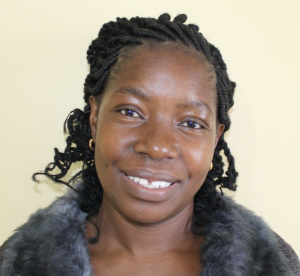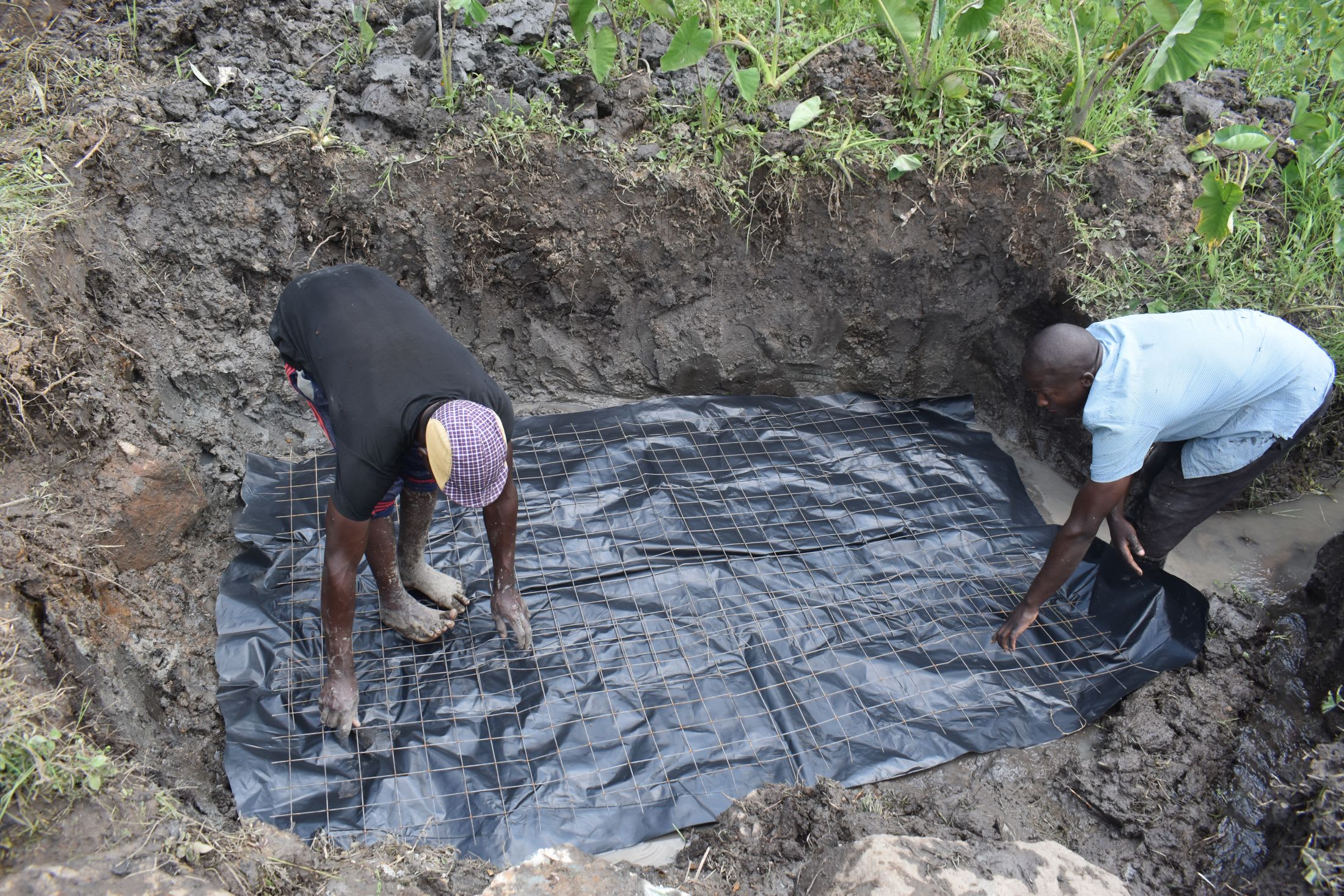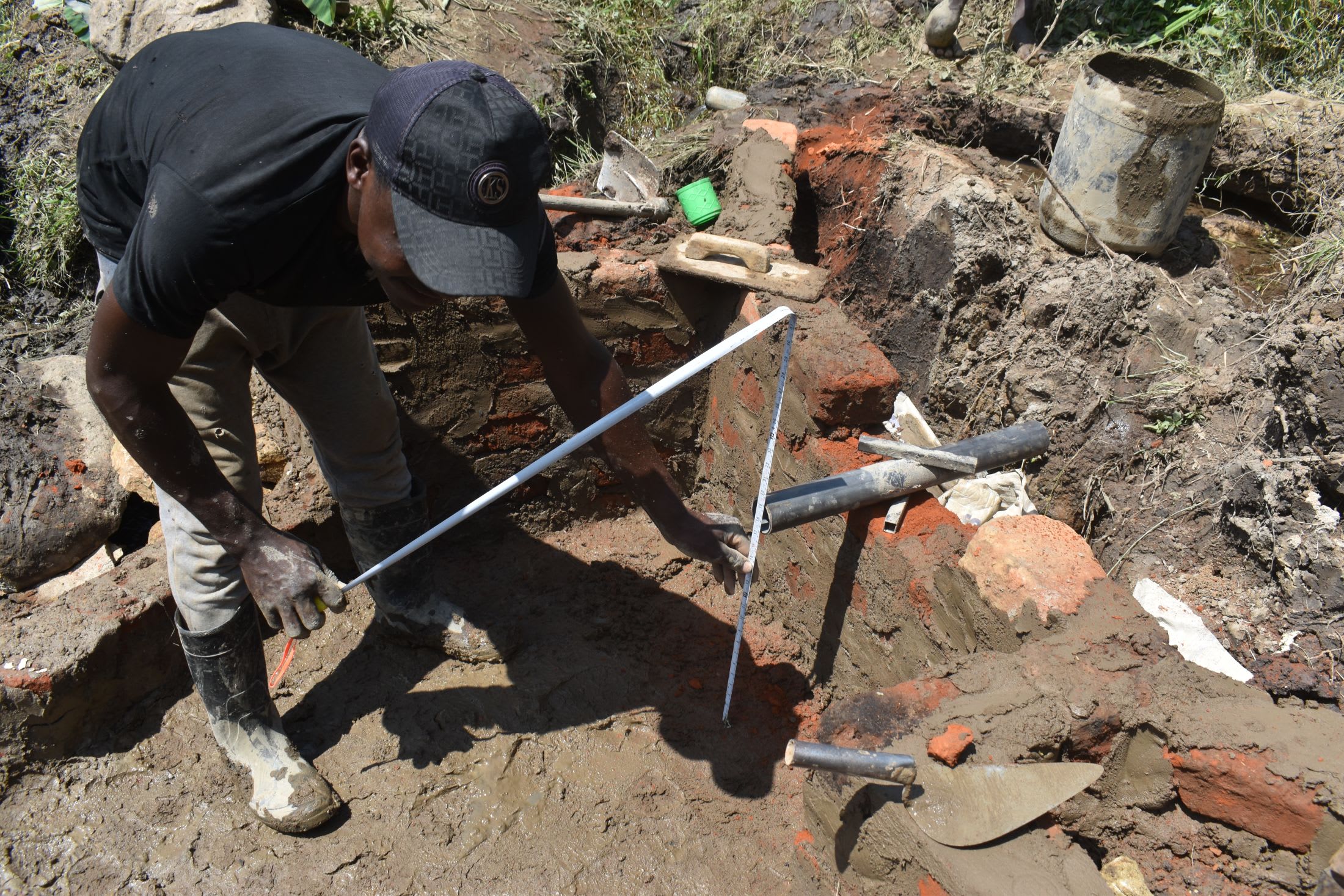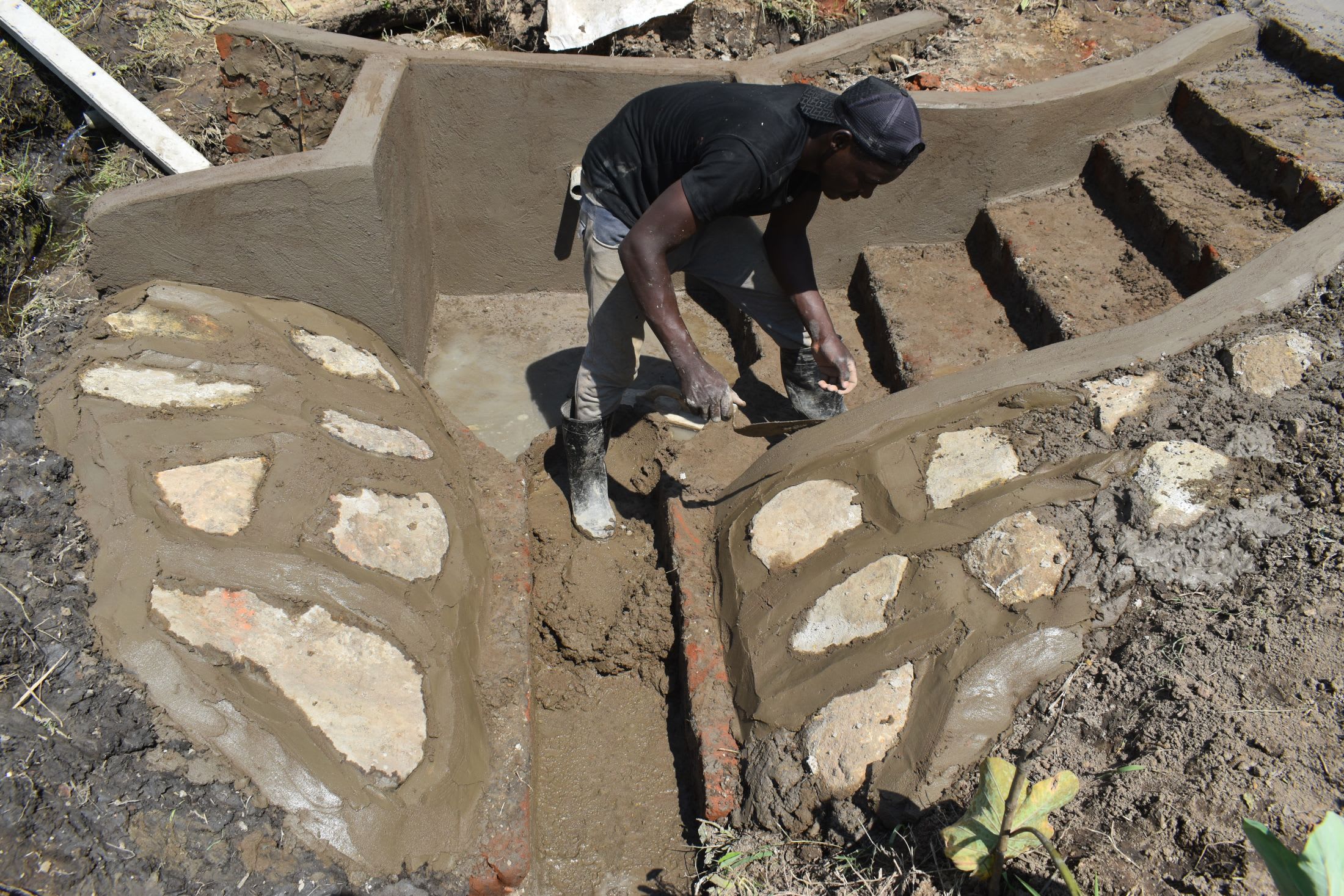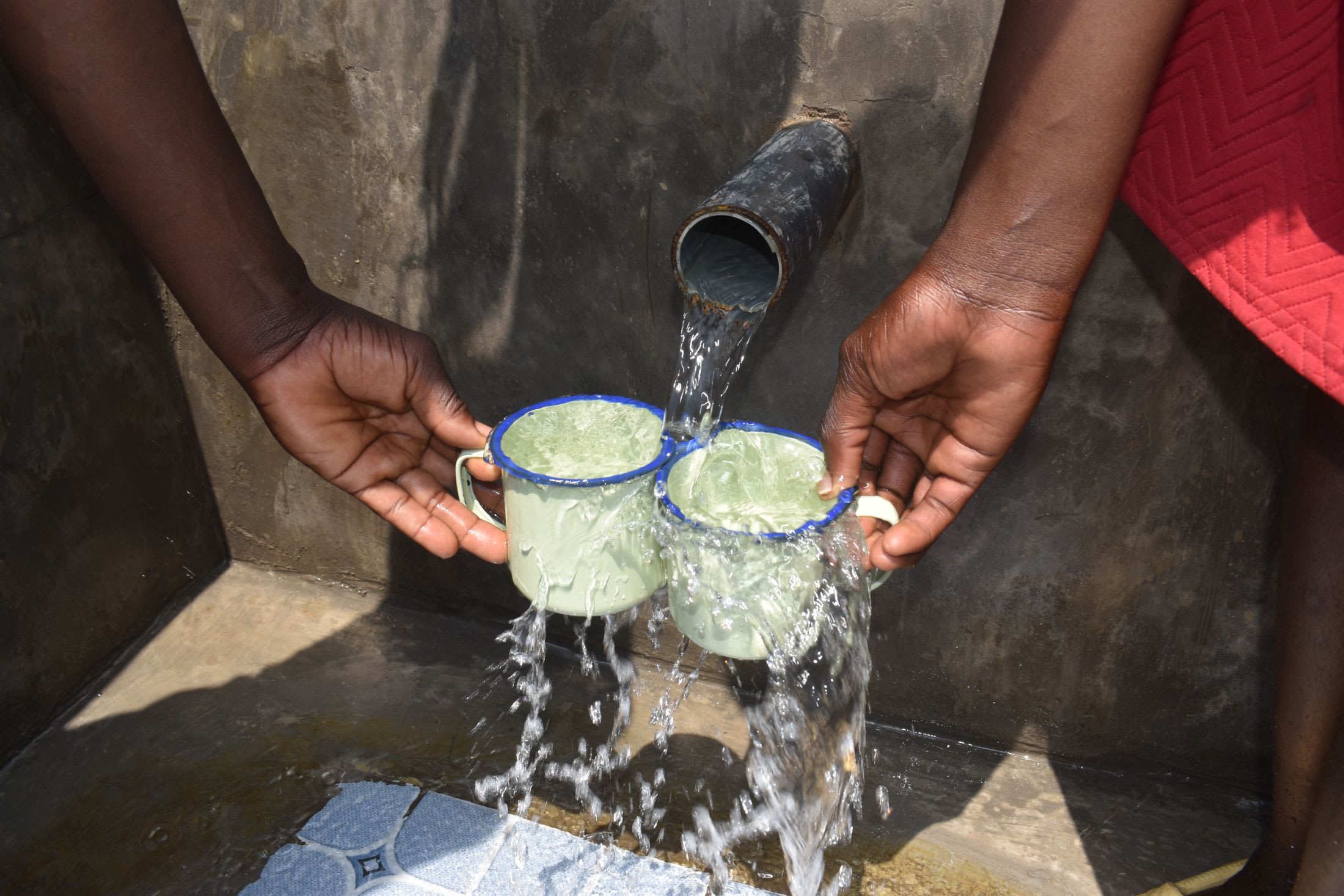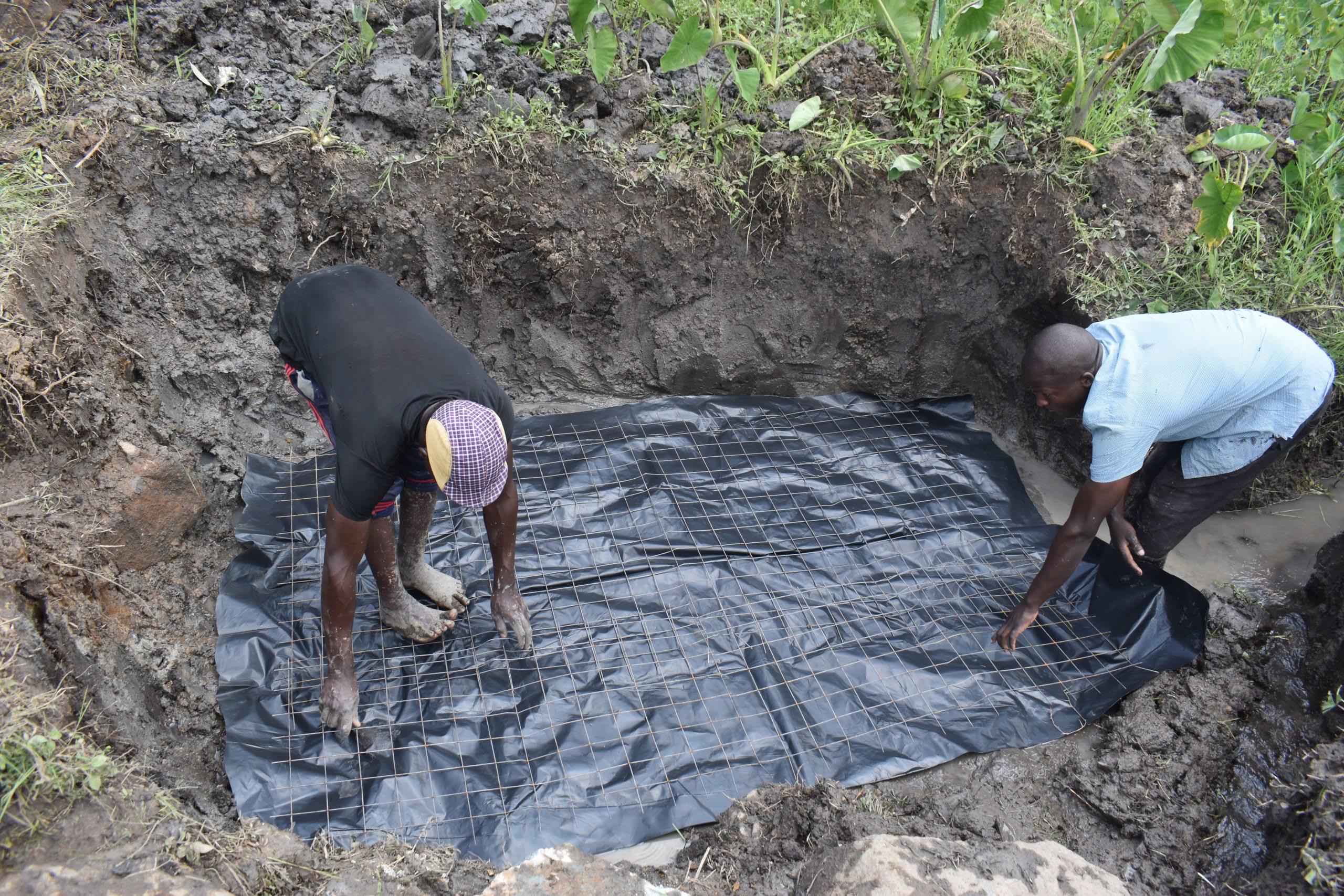Collecting water is challenging and time-consuming for the 126 people in Lukume Community who rely on Lishindu Spring to meet their daily water needs. The current spring condition makes it impossible to efficiently and safely get what is required without wasting their valuable time.

"The current water source is crowded, especially during [the] morning and evening hours. Though the community members have improvised their fetching water experience by inserting a discharge pipe on the ground where [the] spring water emits from, the pipe is very dirty and does not collect all the water. It was also reported that the pipe gets blocked frequently after accumulating dirt [which] also reduces the pressure of water being discharged from the pipe," shared our field officer Christine Masinde.
"As a woman of the home, my responsibility is to ensure that all house chores are completed every day. I have two small children who need my attention at all times, yet I have to leave them unattended as I make several trips to the spring. Leaving my children alone scares me, but I have no choice but to go and fetch water," said 26-year-old farmer Niphen Isaiah, shown below collecting water.
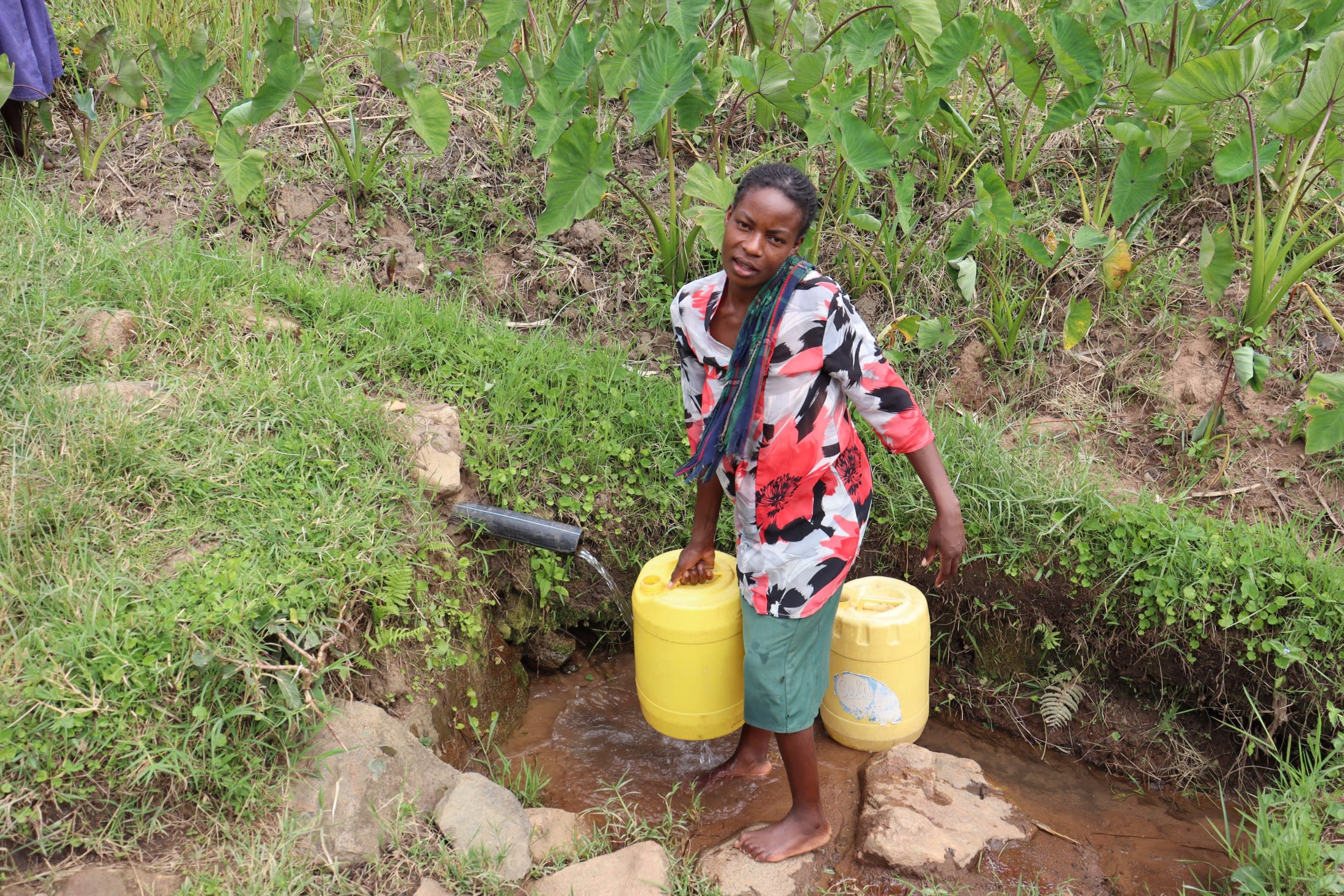
"I wash clothes at least thrice per week. On these particular days, I have to make more trips to the spring to get enough water for washing. I get very tired before the day starts, and I end up rinsing clothes with dirty water because the water fetched is subdivided into various uses," she continued.
But overcrowding because of poor spring construction, which slows the water discharge rate, is not the only issue because when people collect and consume drinking water from the spring, their health is at risk.
"Water from this spring is not protected from contamination. Drinking water from this source before it is treated will cause waterborne diseases like diarrhea, typhoid, and dysentery to the users. The community members who depend on this water source experience recurring cases of typhoid, stomachache, and diarrhea. A lot of money is used to treat these ailments that could otherwise be spent on basic needs like education and food. Protection of this spring will eradicate waterborne illnesses and reduce time spent to get water," concluded Christine.
"I get sick frequently due to [the] consumption of dirty water that causes water-related diseases. Based on my age, I am supposed to be in high school, but I miss school frequently, which has affected my academic performance negatively. Currently, I am in standard eight. I hope to perform well so that I can be admitted into a good high school. This dream can only be realized if I have [can] access to reliable, clean water," said 15-year-old Tunai M., shown below collecting water.

Protecting Lishindu Spring is crucial for the well-being of Niphen, Tunai, and their entire community. With access to clean water, Niphen won't have to make numerous trips to the spring, leaving her children alone. Tunai won't have to worry about falling ill due to contaminated water. This will allow Tunai to concentrate on her studies and achieve her academic goals.
The Proposed Solution, Determined Together...
At The Water Project, everyone has a part in conversations and solutions. We operate in transparency, believing it benefits everyone. We expect reliability from one another as well as our water solutions. Everyone involved makes this possible through hard work and dedication.
In a joint discovery process, community members determine their most advantageous water solution alongside our technical experts. Read more specifics about this solution on the What We're Building tab of this project page. Then, community members lend their support by collecting needed construction materials (sometimes for months ahead of time!), providing labor alongside our artisans, sheltering and feeding the builders, and supplying additional resources.
Water Access for Everyone
This water project is one piece in a large puzzle. In Kenya, Sierra Leone, and Uganda, we're working toward complete coverage of reliable, maintained water sources that guarantee public access now and in the future within a 30-minute round trip for each community, household, school, and health center. One day, we hope to report that this has been achieved!
Training on Health, Hygiene & More
With the community's input, we've identified topics where training will increase positive health outcomes at personal, household, and community levels. We'll coordinate with them to find the best training date. Some examples of what we train communities on are:
- Improved hygiene, health, and sanitation habits
- Safe water handling, storage & treatment
- Disease prevention and proper handwashing
- Income-generation
- Community leadership, governance, & election of a water committee
- Operation and maintenance of the water point
Chlorine Dispensers
Installing chlorine dispensers is an important piece of our spring protection projects. Protecting a spring provides community members with an improved water source, but it doesn’t prevent contamination once the water is collected and stored. For example, if the water is clean and the container is dirty, the water will become contaminated.
We ensure that each chlorine dispenser is filled with diluted chlorine on a consistent schedule so that people can add pre-measured drops to each container of water they collect. That way, community members can feel even more confident in the quality of their water.
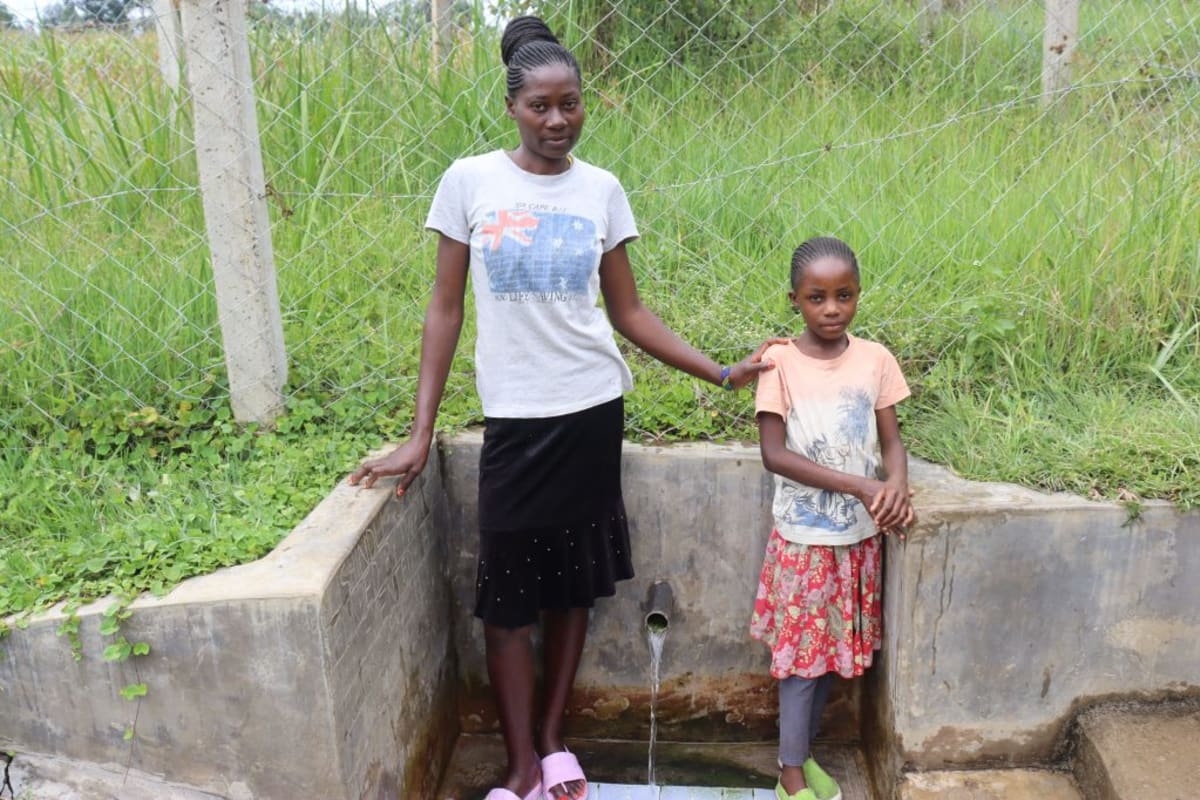
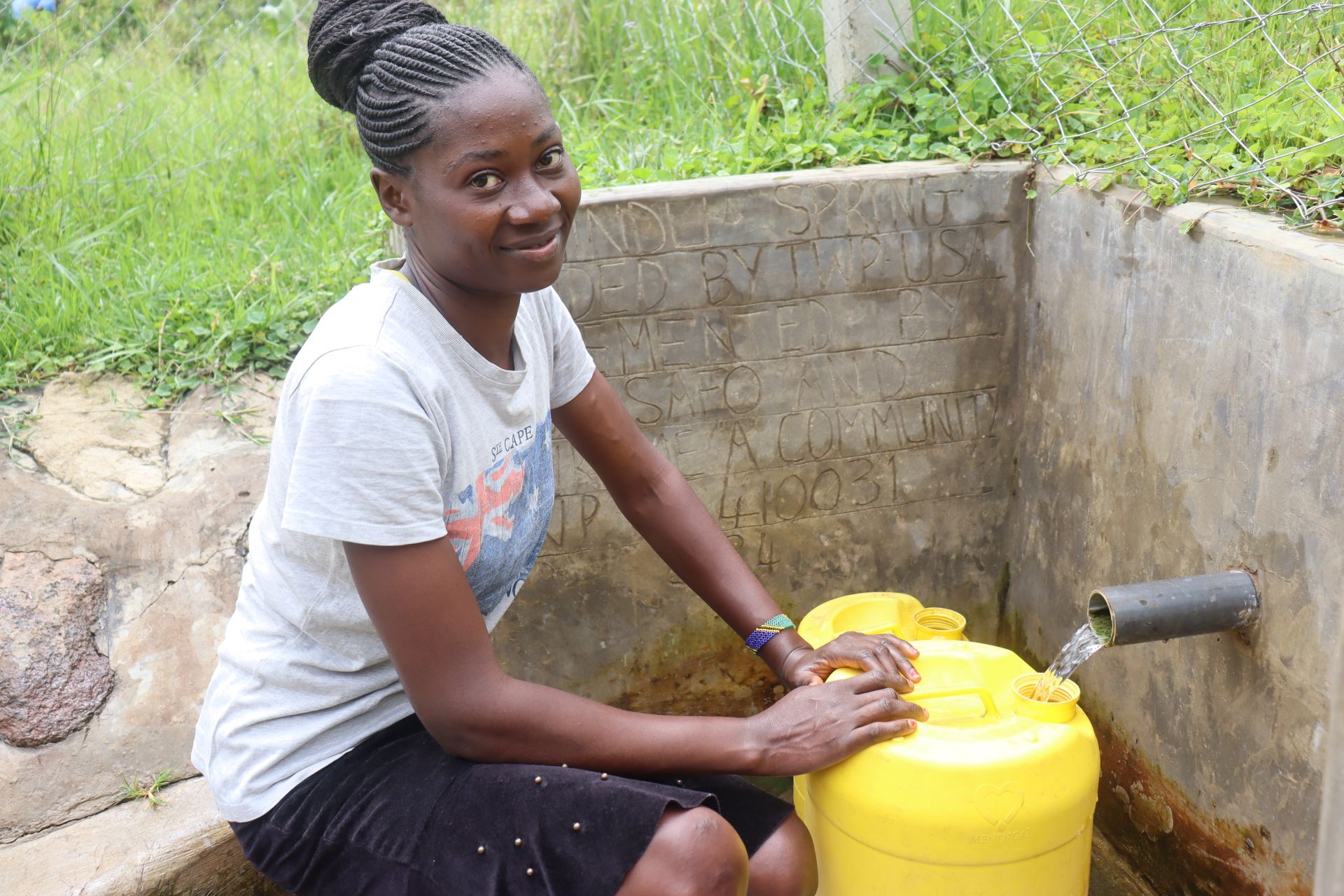
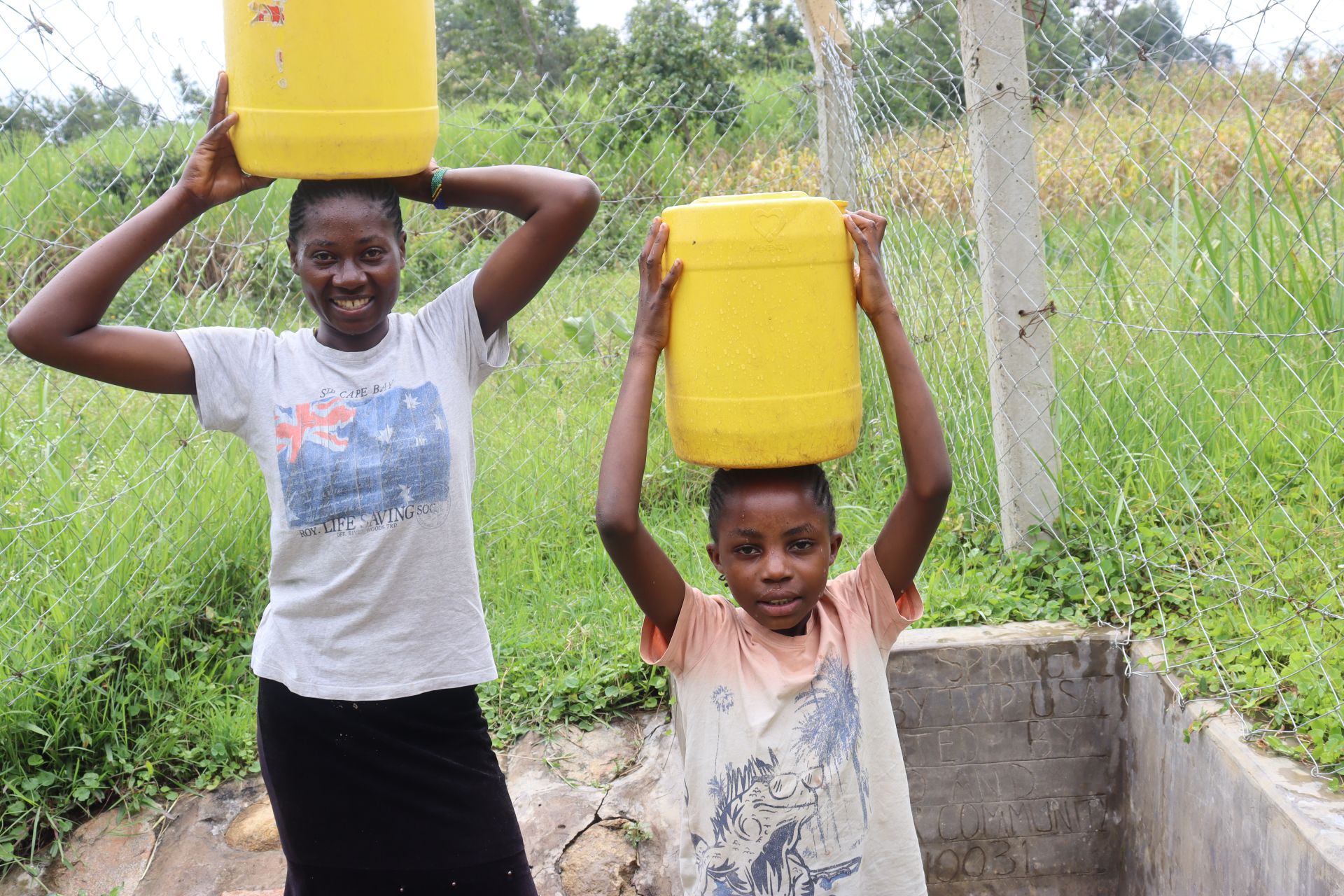
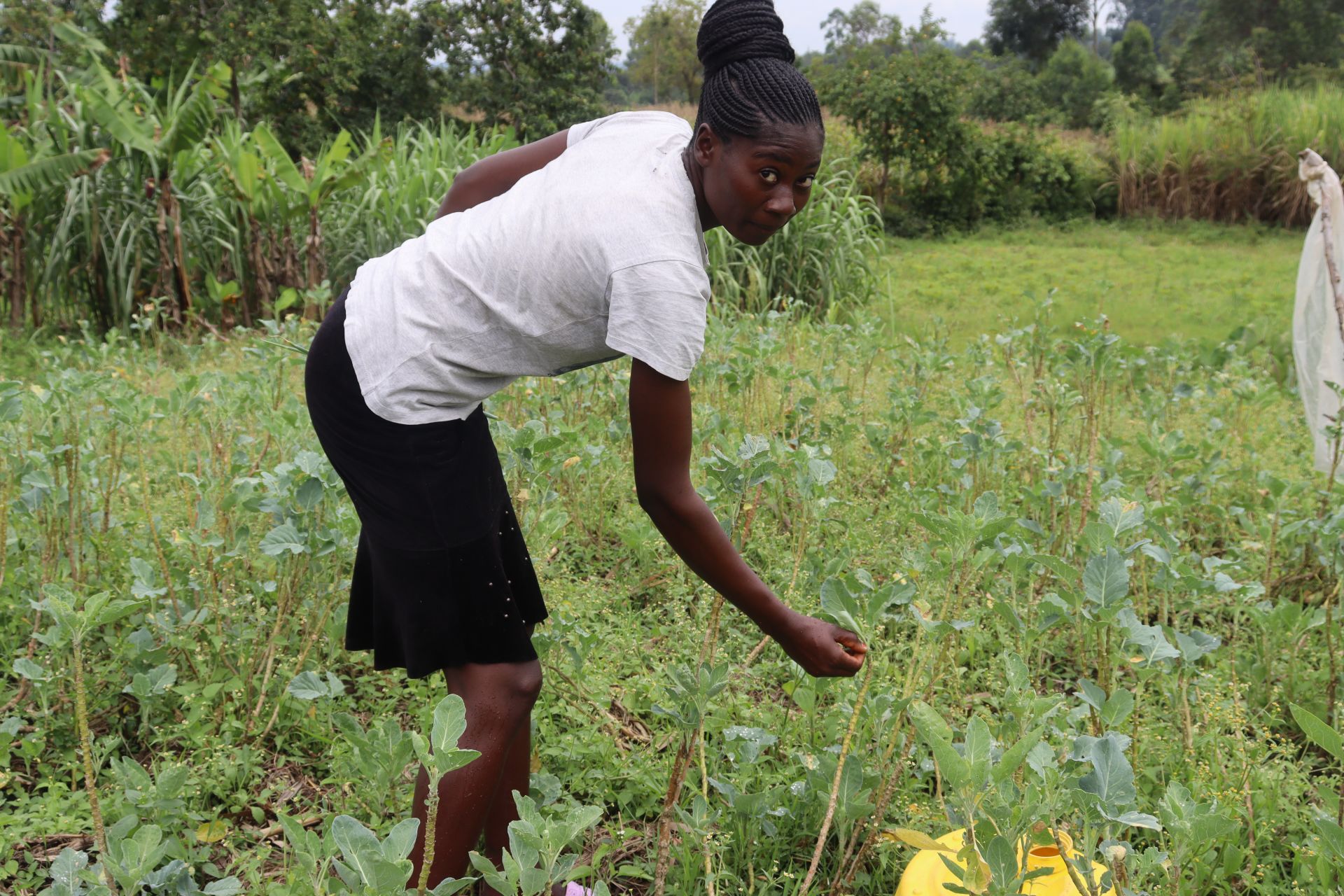
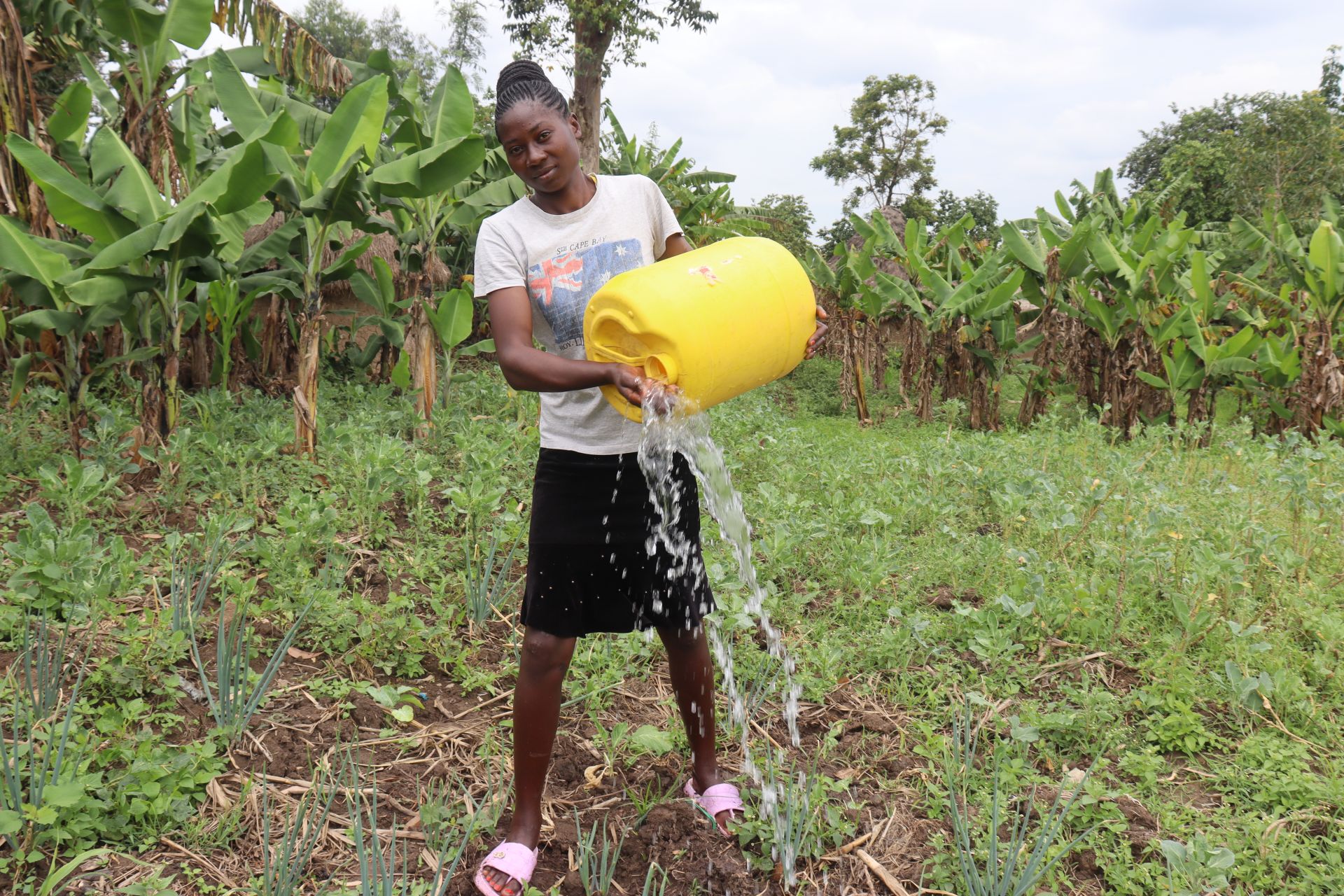

 Protected Spring
Protected Spring
 Rehabilitation Project
Rehabilitation Project










